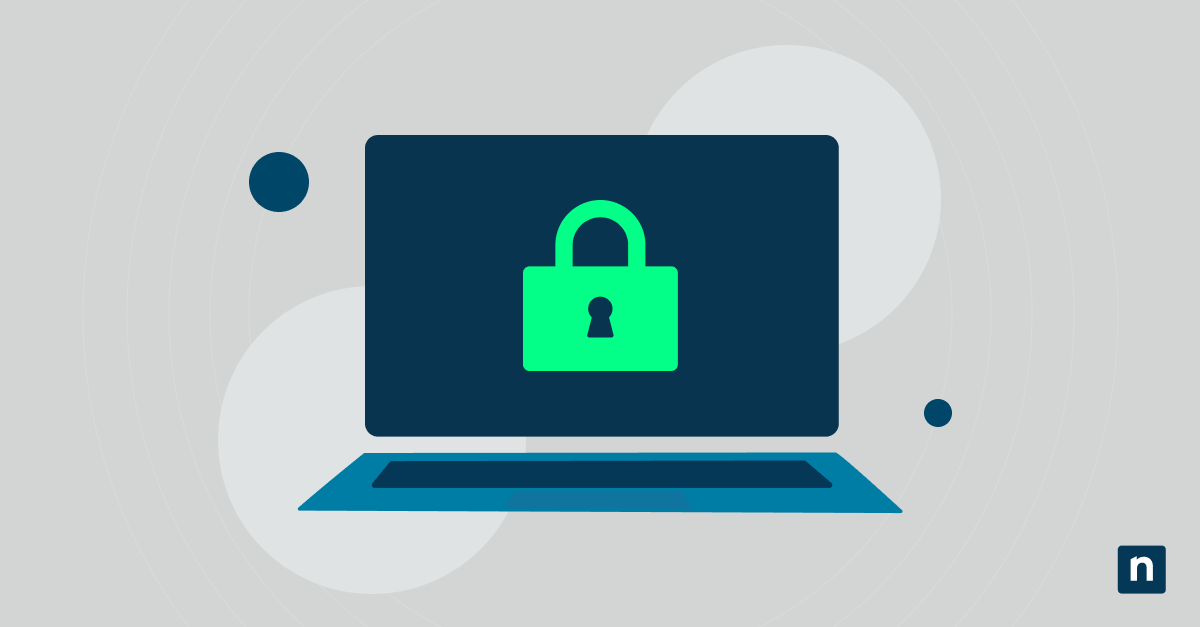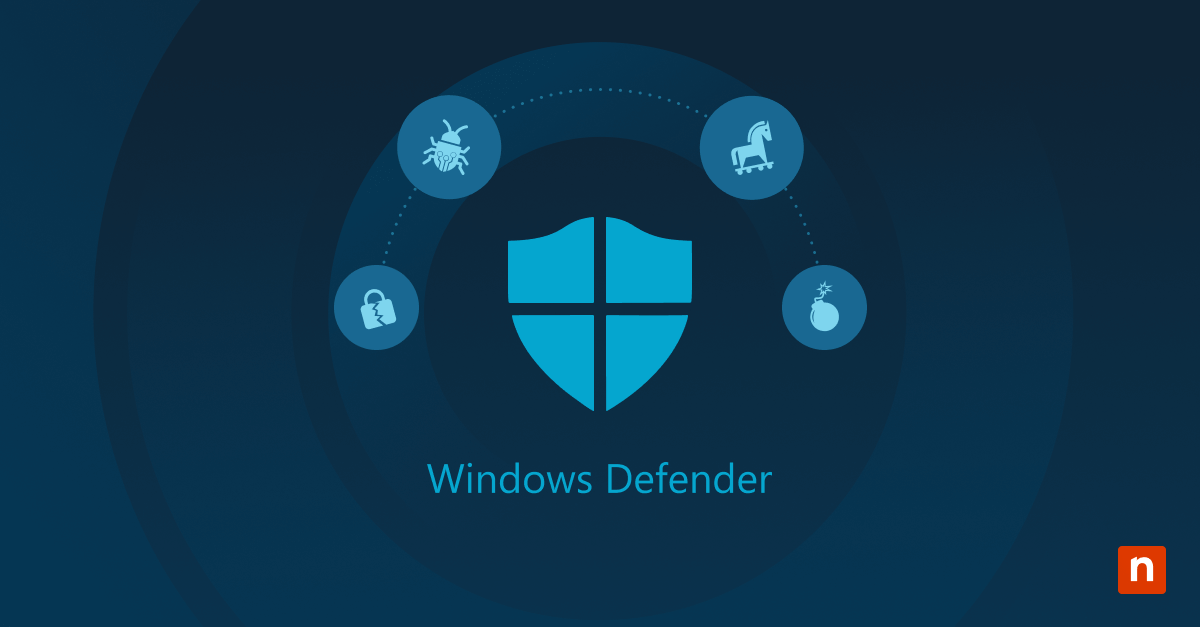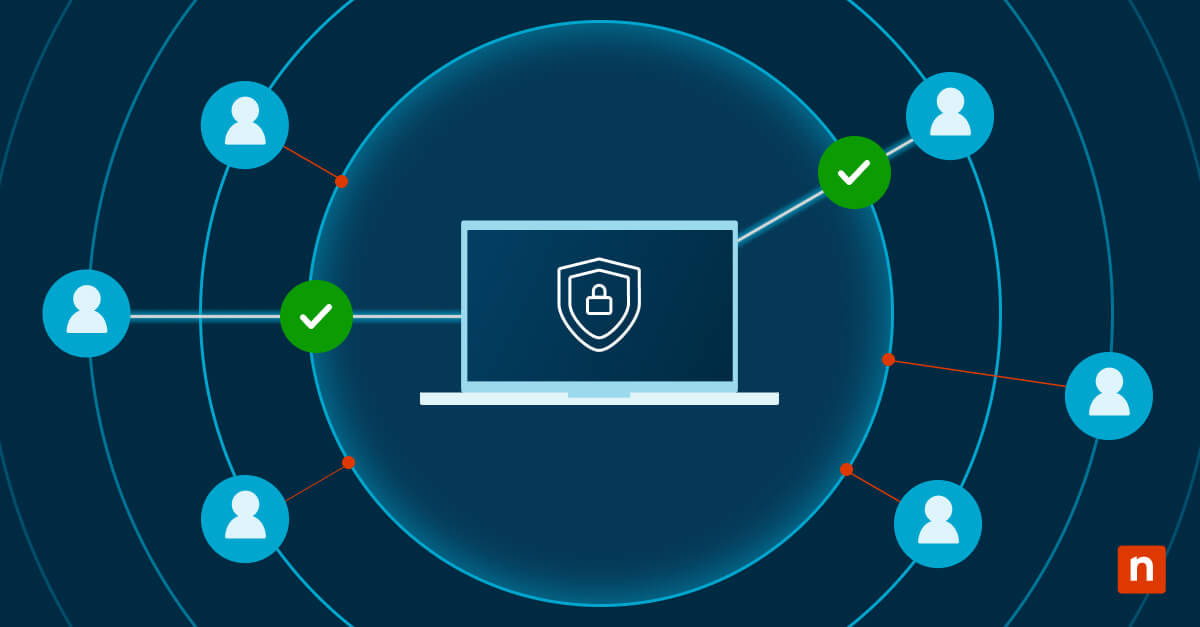Common Vulnerabilities and Exposures (CVE) is a system that identifies and catalogs security vulnerabilities in software and hardware. It is an essential tool for cybersecurity professionals, providing a standardized identifier for each vulnerability, which helps in sharing data across different security tools and platforms. Understanding CVEs is crucial for maintaining secure systems and responding quickly to emerging threats.
This guide aims to provide a detailed explanation of Microsoft CVE-2023-28310, including its definition, background, impact, affected systems, and the significance of addressing this specific vulnerability, as well as offering guidance on mitigation and remediation strategies.
Background of CVE-2023-28310
CVE-2023-28310 is a security vulnerability identified in Microsoft software. While this vulnerability is classified as a remote code execution (RCE) vulnerability, which makes it particularly dangerous, CVE-2023-28310 is a remote code execution vulnerability in Microsoft Exchange Server that requires the attacker to use a Powershell remoting session from a node on the same Local Area Network (LAN) as the targeted server and to already have an authenticated account on the affected Exchange server.
This means that while the vulnerability is serious, it cannot be exploited remotely over the internet without these initial conditions being met, thereby somewhat limiting the scope of potential attacks.
This exploit was discovered by the hacker group Anonymous, who identified the flaw during vulnerability assessments. The discovery was reported to Microsoft, which led to the development and release of security patches to address the issue.
The discovery was part of ongoing efforts to identify and mitigate potential threats before they could be exploited by malicious actors. Previous vulnerabilities in Microsoft software, such as CVE-2021-34527 (PrintNightmare) and CVE-2020-0601 (CurveBall), have highlighted the ongoing challenges in securing widely-used software. These past vulnerabilities share some similarities with CVE-2023-28310 in terms of their potential impact and the methods used by attackers to exploit them.
Impact of CVE-2023-28310
CVE-2023-28310 can have significant consequences for affected systems and networks. If successfully exploited, it could allow attackers to execute arbitrary code, potentially leading to unauthorized access, data theft, and disruption of services. The vulnerability’s impact is amplified in environments where the affected software is widely used.
Attackers can exploit CVE-2023-28310 to execute remote code, elevate privileges, and maintain persistence on compromised systems. While this can technically be achieved through various physical and logical network attack vectors, the exploit’s attack surface is however limited to authenticated Exchange server users connected to physically or logically adjacent network topologies such as Bluetooth, wi-fi (IEEE 802.11), local IP subnets, or from e.g. a VPN gateway already inside the target’s local/MPLS administrative zone.
Affected systems and software
- Microsoft Exchange Server 2016 (Cumulative Update 23)
- Microsoft Exchange Server 2019 (Cumulative Update 12)
- Microsoft Exchange Server 2019 (Cumulative Update 13)
Significance of addressing CVE-2023-28310
Subversion of your Exchange email server via the exploitation of CVE-2023-28310 can lead to severe consequences, including financial losses, reputational damage, and regulatory penalties. Businesses may experience downtime, loss of sensitive data and intellectual property, and face increased costs for incident response and recovery.
Addressing this exploit promptly is crucial to prevent potential exploitation; a swift response minimizes the window of opportunity for attackers and reduces the risk of compromise.
Detection and assessment
To determine if your systems are vulnerable to CVE-2023-28310, start by checking the installed software versions to ensure that all software is up to date. This step is crucial because outdated software may contain unpatched vulnerabilities.
Next, employ vulnerability scanners specifically designed to detect the presence of CVE-2023-28310. These tools can help identify any instances of the vulnerability within your network. Additionally, regularly review security advisories from official sources to stay informed about updates and recommendations related to this vulnerability, ensuring that your detection and assessment practices are current and effective.
Utilize the following tools to assess your systems for CVE-2023-28310:
- Microsoft Baseline Security Analyzer (MBSA): For scanning and identifying security updates.
- Nessus: Proprietary comprehensive vulnerability assessments (has a limited community edition).
- OpenVAS: An open-source tool for scanning network vulnerabilities.
Mitigation and remediation
To mitigate the risk associated with CVE-2023-28310, it is crucial to apply the latest security patches provided by Microsoft to all affected software. Keeping systems updated ensures that known vulnerabilities are addressed and reduces the risk of exploitation.
Additionally, limiting network exposure by restricting access to critical systems and services can significantly decrease the potential attack surface. Implementing advanced threat detection and response solutions can enhance monitoring capabilities, enabling quicker identification and response to any malicious activity targeting this vulnerability.
Follow these procedures to apply patches and updates:
- Use Windows Update: Regularly check for and install updates. Be sure to enable the settings to update all other Microsoft applications via Windows Update (see Windows Update > Advanced Options > turn on Receive updates for other Microsoft products.)
- Deploy updates via WSUS: For enterprise environments, use Windows Server Update Services (WSUS) to manage updates.
- Validate updates: Test patches in a staging environment before full deployment.
In maintaining robust security, several best practices should be adopted. Regularly updating software is essential to protect against new vulnerabilities and ensure the overall security of systems and applications. Conducting periodic security assessments allows for a comprehensive review of the security posture, identifying any weaknesses that need to be addressed.
Finally, educating employees on cybersecurity best practices and raising awareness about potential threats can further strengthen an organization’s defense mechanisms, as informed staff are better equipped to recognize and respond to security incidents effectively.
Enhancing cybersecurity resilience
In this guide, we explored the significance of CVE-2023-28310, its potential impact, affected systems, and the necessary steps for detection and mitigation. Understanding and addressing this vulnerability is critical for maintaining secure and resilient systems.
By proactively addressing vulnerabilities like CVE-2023-28310, organizations can enhance their security posture and safeguard their digital assets. Stay informed about security vulnerabilities and implement best practices in cybersecurity – it’s essential for protecting against evolving threats.








